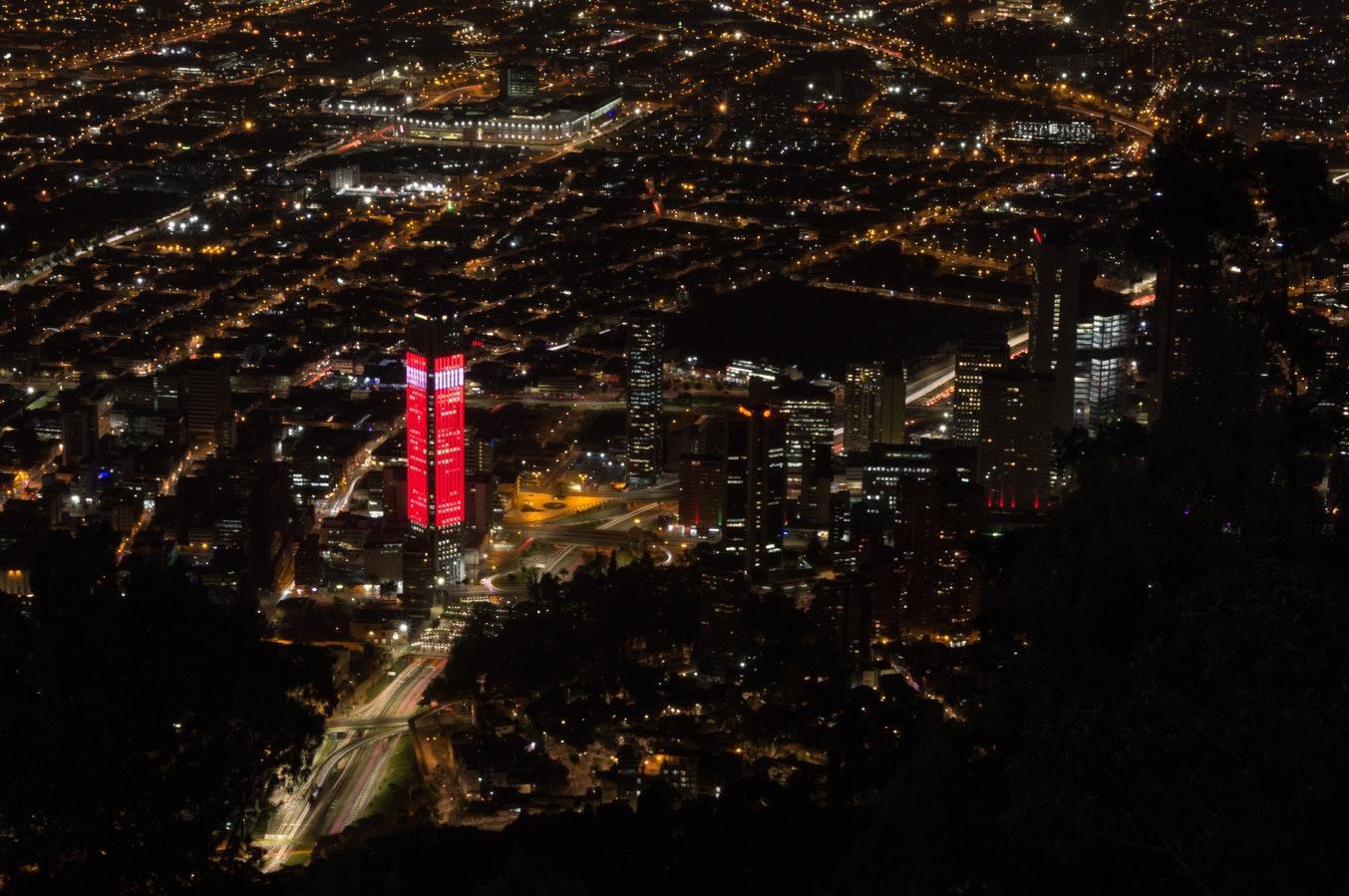Three Places You Must Visit in Bogota, Colombia
Bogota, the largest city in Colombia, is full of exciting places, and among them are the three main attractions for visitors:the Museo de Oro (Gold Museum), Monserrate and the Salt Cathedral of Zipaquirá. What is special about them?
The number of foreign visitors flocking to Colombia has been consistently increasingly every year with Bogota welcoming more foreign visitors than any other city in the country. Often referred to as the "Athens of South America", Bogota has 58 museums, more than 150 art galleries, over 150 national monuments, 75 sports and attraction parks, 45 stage theaters, and 33 library networks. The city has a tremendously lively nightlife that comes with compelling tourist sites and restaurants. Bogota's more than 500 hotels also boast a number of hotels from the top global hotel chains.
Salt Cathedral of Zipaquirá
Located near the town of Zipaquirá (about 30 miles from Bogota), Zipaquirá Salt Cathedral is an alluring Roman Catholic church built underground within the tunnels of a salt mine that is about over 650 feet underground. To travel to Zipaquirá Salt Cathedral, you can go by car, bus, or the Tren Turistico de la Sabaca (Savanna tourist train).
The Zipaquirá Salt Cathedral belongs to a larger complex including "Parque de la Sal" (Salt Park), as well as a museum of geology, mineralogy, mining, and natural resources.
Inaugurated in August 1954, the Salt Cathedral was dedicated to Our Lady of Rosary, the patron saint of minors. The church reportedly has a maximum capacity of 8,000, consisting of three naves. In 1991, a new cathedral was built, located about 200 feet under the older cathedral. Opened in 1995, the new cathedral also three naves.
Museo de Oro (Gold Museum)
Museo de Oro is the best known museum in Bogota. The museum is home to a large selection of pre-Columbian gold work, which is reportedly the largest collection in the world. You can view it in exhibition rooms located on the second and third floors of the museum.
The Gold Museum has a collection of 55,000 pieces, with about 6,000 pieces on display. Many of the exhibits in the museum come with bilingual descriptions, Spanish and English.
Upon entering the museum, you will find yourself in a store. The Balsa Restaurant, and the San Alberto Café located on the first floor of the museum. . On the second and third floor, exhibits come in four exhibition galleries:
- The Working of Metals gallery – displays mining and manufacturing techniques utilized by ancient metallurgists.
- People and Gold in pre-columbian Colombia – describes how and in what contexts people incorporated metals as part of their political and religious organization.
- Cosmology and Symbolism – demonstrates mythical subjects, shamanism, and the symbology of metals.
- The Offering – portrays an array of rituals and ceremonies at which offerings were made.
- The Exploratory. Interactive room that promotes the diversity and the meaning of the heritage that the Museum preserves
The museum offers free one-hour tours Tuesday through Saturday (11am and 4pm; in Spanish and English), which showcases various parts of the museum. Audio guides are also available in Spanish, English, and French.
Monserrate
Rising in the background of the aforementioned major attractions lies Monserrate, a mountain that dominates the city center in Bogota. With the height of over 10,000 feet above sea level, Monserrate has a church that was built in the seventeenth century with a shrine that is devoted to "El Señor Caído" (the Fallen Lord). Additionally, the mountain summit also contains restaurants, souvenir shops, and various smaller tourist facilities. You can either take a cable car, a funicular (cliff railway), or simply climb the mountain via a pathway to enjoy the spectacular views Monserrate offers.
The history of Monserrate can be traced back to mids-17th century, when Cofradia de la Veracruz (the Brotherhood of Veracruz) started using Monserrate's hilltop, then referred to as the Snow hilltop, for religious celebration. Permission to build a small religious retreat was granted on the mountaintop in 1650. The hermitage retreat was named after Monserrate's Virgen, Morena whose sanctuary is located in Catalonia, near Barcelona.
As more and more people flocked to the sanctuary to see the statue of Jesus, rather than the matron saint of Monserrate. By the nineteenth century, the Fallen Lord statue's popularity had grown substantially, resulting in the Sculpture to the Virgin of Monserrate being replaced with the Fallen Lord's. Nevertheless, Monserrate still remains the name of the mountain to the present time.
